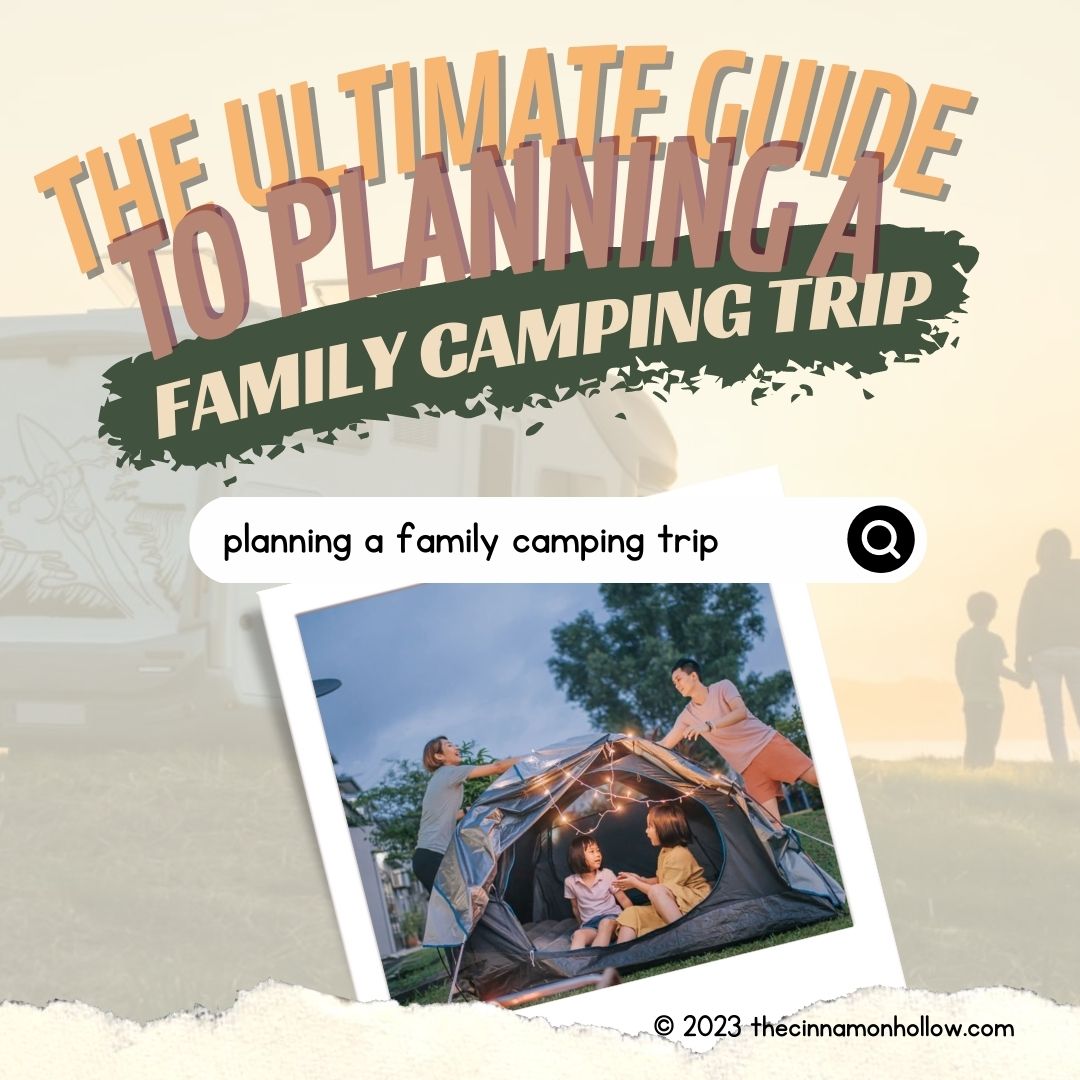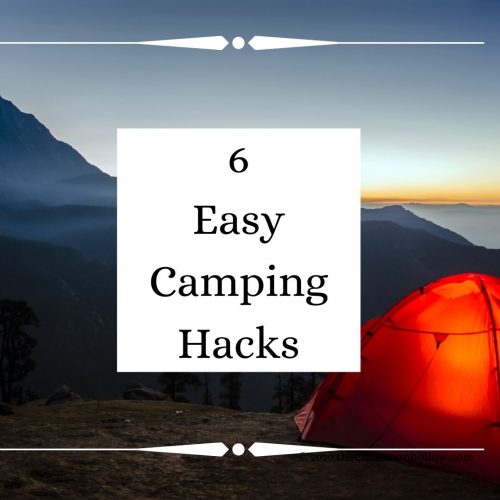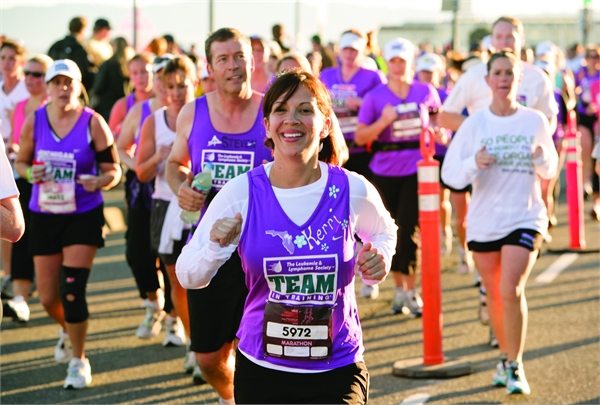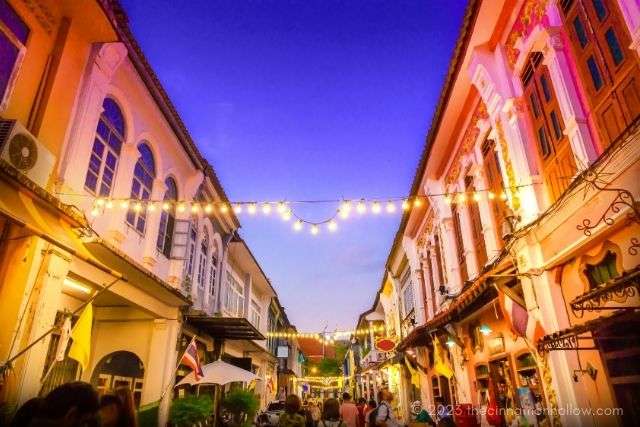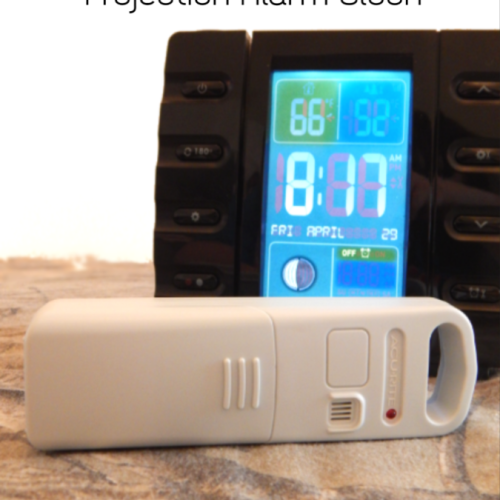A camping trip is an excellent choice for those looking to create special memories with their family. But taking such a journey requires careful planning and preparation in order to ensure that your group enjoys the most out of their outdoor experience.
Luckily, our guide here offers everything you need for successful camping adventures so that you can make sure each moment counts. Get ready – it’s time to unplug and explore nature together as one big happy family!
In this article, we’ll discuss everything you need to do when planning a family camping trip, including making reservations through choosing a suitable campsite, planning fun activities, and more.
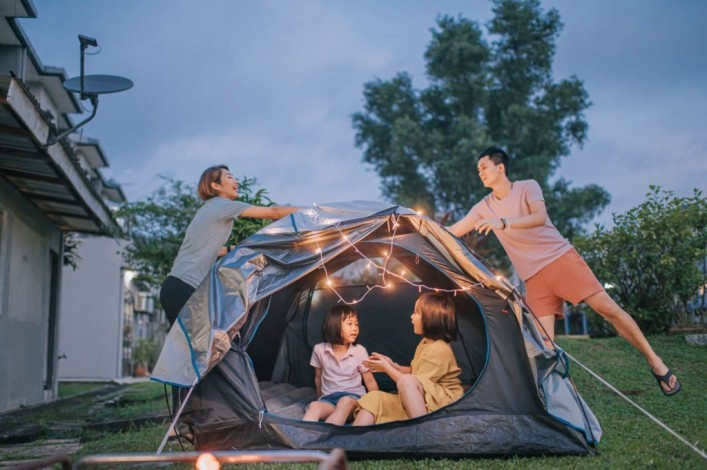
Choose the Ideal Campsite
When planning a vacation, determining where you want to stay is the first step. Consider the distance you’re willing to travel, your and your family’s interests, and the time of the year. We recommend you browse campground reviews before deciding on a location. Family friendly camp sites in the lake district.
If you plan to stay at a park, consider whether tenting or living in an RV would suit your needs. Parks differ in their amenities and resources for tents and RVs – so choose wisely based on what works specifically for you!
You’ll often come across two kinds of campgrounds, public and private. Both have advantages and disadvantages, all based on your budget and preferences.
Public Campgrounds
Usually, public campgrounds are affordable and hence attract many families. With a more rustic and idyllic atmosphere, this can be a good choice for your family if you’re willing to compromise on amenities like electricity and water.
If you choose to camp at a public campground, be prepared to make do with public restrooms and showers. This can be difficult for families with very young children, but the stellar view and access to nature are unlike any other.
Private Campgrounds
While these are pricier and don’t offer open-country views like public parks and campgrounds, their amenities make the experience something you wouldn’t want to miss out on. Nowadays, many private campground owners utilize campground reservation software to manage their bookings efficiently.
Most private campgrounds provide their campers electricity, sewage, water hookups, and generators. Moreover, many private sites offer exciting facilities such as pools, playgrounds, mini-golf courses, and more. This is a massive bonus for family trips as they have amenities for people of all ages.
Make a Reservation Ahead of Time
Once you have chosen your campground, we recommend you make a reservation a week or two beforehand.
Knowing your spot has been booked will give you enough time and peace of mind to pack and prepare your vehicle.
If you’ve chosen a popular campground, such as one of the many campgrounds in Houston, slots tend to get filled up quickly, especially during the holiday season. For instance, if you plan to take your family camping on Memorial Day, ensure you make a reservation a month ahead.
Getting a camping slot in Iceland is generally on a first-come-first-served basis. Just expect that campgrounds get crowded in the summer, and to be clear, you can’t set up camp in a non-designated campsite. Campsites also offer varying facilities, so better be sufficient and prepared at all times. For more tips on camping in Iceland, consider reading this guide.
You can check the campground’s website and social media for information about their reservation process. This is also helpful as inspecting their social media can give you a better idea of what you’re signing up for. If a campground takes too long to respond or shows poor customer service, we recommend you make another choice.
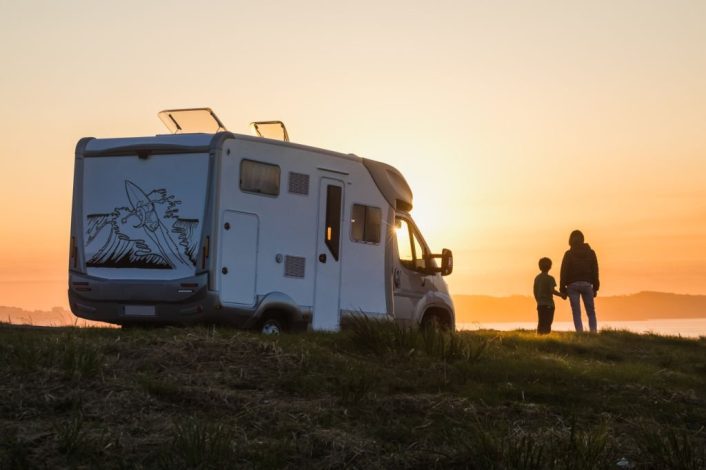
Camping Gear Essentials
Making a camping essentials checklist is very helpful when planning a family trip. As far as camping basics go, you will need three things:
- A place to sleep (a tent or RV, whichever mode of camping you prefer)
- Food and water supplies
- A first-aid kit
Sleeping bags are necessary as they provide proper insulation. You wouldn’t want to fall sick because of cold temperatures or have an uncomfortable experience sleeping.
Furthermore, we recommend you keep rain gear such as hats, umbrellas, and raincoats on hand in case of a weather change.
When it comes to food and water, pack as much as you need for the duration of your trip. A camp stove is an excellent investment for tent campers as you can make meals on the go with them. Ensure you have enough fuel for the camp stove to last the entire trip.
Along with that, it’s vital to keep lanterns, flashlights, and a knife to help you open packaged food items and cook at night. Moreover, if you’re also planning to hunt or engage in similar activities, it’s important to carry the appropriate gear. For instance, if you’re considering bringing a crossbow, make sure to connect with top crossbow brands to ensure you have the best quality gear, especially when camping with kids.
Camping Friendly Foods
Planning your meals is essential for camping prep. One can’t take everything in their pantry on a camping trip, so it’s best to pack a mix of perishable and non-perishable items.
Granola, trail mix, and dried fruits are optimal snacks to keep on hand as they’re easy to pack and munch on. Don’t forget to bring a water cooler for ice and another cooling box for perishable foodstuffs.
Safety Gear
Besides the first aid kit, it’s essential to keep insect repellent with you at all times to protect you from unwanted bugs and mosquitos. For every flashlight or headlamp, ensure you pack an extra one. If not possible, keep an ample supply of spare batteries in case they run out. Otherwise, it’ll be challenging to navigate at night.
Sunscreen is also essential, no matter the weather. Exploring the great outdoors can be exciting, but health always comes first. Prolonged exposure to UV rays can be highly harmful, so keep sunscreen with enough SPF.
As for utility, taking a multipurpose knife for cutting rope and packaging is helpful. Remember to keep a map of the area or save your location on Google Maps in case anyone gets lost.
Practice the No Trace Principle
Proper camping etiquette is vital for protecting the environment. While the wilderness can be exciting, remember to leave your campground as you found it. Be mindful of how much trash you generate, pack, and dispose of before leaving.
Consult your campground supervisor about any environmental policies, such as fire restrictions, before you set up your tent or RV. Many campgrounds have specific rules and timings for campfires, so ensure you follow them to minimize environmental impact and maintain your safety.
Furthermore, if you’re in an area with lots of wildlife, we recommend you pack your trash in bear resistant containers or hang it on a tree to avoid attracting bears. It’s best to observe any animals from afar to avoid disturbing them.
Conclusion
In conclusion, you’re guaranteed a safe and exciting camping trip with your family if you choose your campsite wisely and make a reservation beforehand. Remember to pack the essentials, i.e., food, water, sleeping arrangements, and a first aid kit.
A camping trip can be a great adventure, but first, you must adequately plan to ensure your experience remains stress-free and enjoyable. Follow these steps to make sure everything runs smoothly so you get the most out of your family outing in nature!
More Articles you May Enjoy:
- Tent Camping Must Haves
- Family Camping Fun. Free Printable Camping Checklist.
- How To Stay Fueled While Hiking Or Camping | Right On Trek
Travel Lover | Pet Mama | Beauty Junkie | Low Glycemic – Healthy Fats – Low Carb – Keto Inspired Food Enthusiast | Cocktails | Printables
I am a stay-at-home- mom, living in KY with my husband and children. I’m a travel and lifestyle blogger encouraging folks to live their life one adventure at a time while also focusing on beauty, essential oils and health. From time to time I also like to showcase my adorable pets along with my family. Along with Cinnamon Hollow I can be found at The Martin Family Adventure … read more



